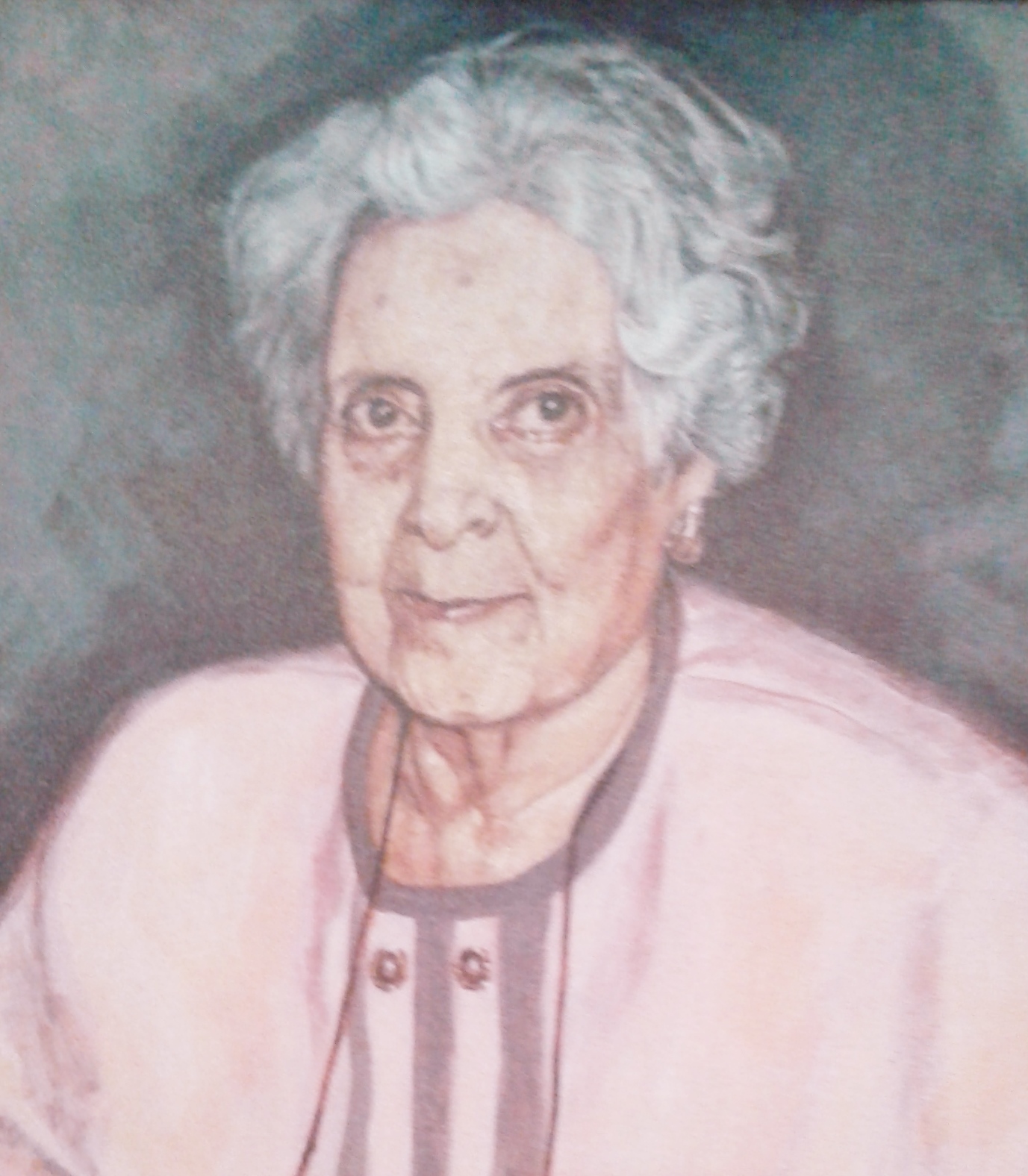
A ministroke is also known as a transient ischemic attack (TIA). It occurs when part of the brain experiences a temporary lack of blood flow. This causes stroke-like symptoms that resolve within 24 hours. Unlike a stroke, a TIA doesn’t kill brain tissue or cause permanent disabilities. Because 1 in 3 people who experience a TIA later experience a stroke, early treatment is essential.
Knowing the signs of a TIA or ministroke can help you get the treatment you need as early as possible.
YOU MAY ALSO LIKE
 Venus & Serena’s Father, Richard Williams, To Be Inducted Into Tennis Hall Of Fame
Venus & Serena’s Father, Richard Williams, To Be Inducted Into Tennis Hall Of Fame
Symptoms can include numbness or weakness in the face, arm, or leg that tends to occur on only one side of the body. Other symptoms include confusion or difficulty in speaking or understanding speech; trouble seeing in one or both eyes; difficulty with walking, dizziness, vertigo or loss of balance and coordination. Additional symptoms may include:
– Change in alertness
– Changes in feeling, including touch, pain, temperature, pressure, hearing, and taste
– Memory loss
– Trouble swallowing
– Trouble reading or writing
– Inability to recognize objects or people
– Loss of bladder or bowel control
– Clumsiness, or trouble walking
– Numbness or tingling on one side of the body
– Personality, mood, or emotional changes
– Vision problems including double vision, loss of all or part of vision.
When signs and symptoms last longer than 24 hours or cause lasting brain damage, the episode is considered a stroke.
TIAs are usually caused by one of three things:
Aspirin & Your Heart: Should You Or Shouldn’t You?
1. Low blood flow at a narrow part of a major artery carrying blood to the brain, such as the carotid artery.
2. A blood clot in another part of the body (such as the heart) breaks off, travels to the brain, and blocks a blood vessel in the brain.
3. Narrowing of the smaller blood vessel in the brain, blocking blood flow for a short period of time; usually caused by plaque (a fatty substance) build-up.
Some important facts to keep in mind include:
– 40 percent of people who have a TIA will have an actual stroke
– Nearly half of all strokes occur within the first few days after a TIA
– Symptoms for TIA are the same as for a stroke
To reduce the risk of blood clotting, doctors may recommend long-term treatment with aspirin or one of several blood thinning drugs. If tests reveal a clogged artery, surgery (for example, carotid endarerectomy) may be recommended.
While TIAs and other types of strokes are sometimes unavoidable, you can take precautions to help prevent TIAs. Follow these 10 TIA and stroke prevention tips.
– Don’t smoke.
– Avoid secondhand smoke.
– Eat a healthy diet with more fruits and vegetables.
– Maintain a healthy weight.
– Exercise regularly.
– Limit your alcohol intake…








